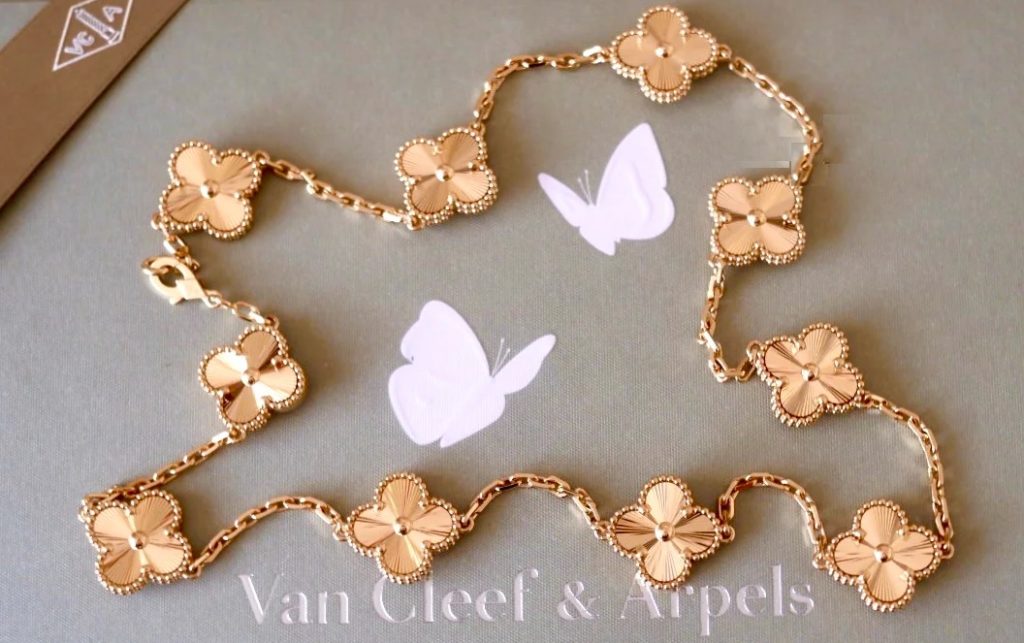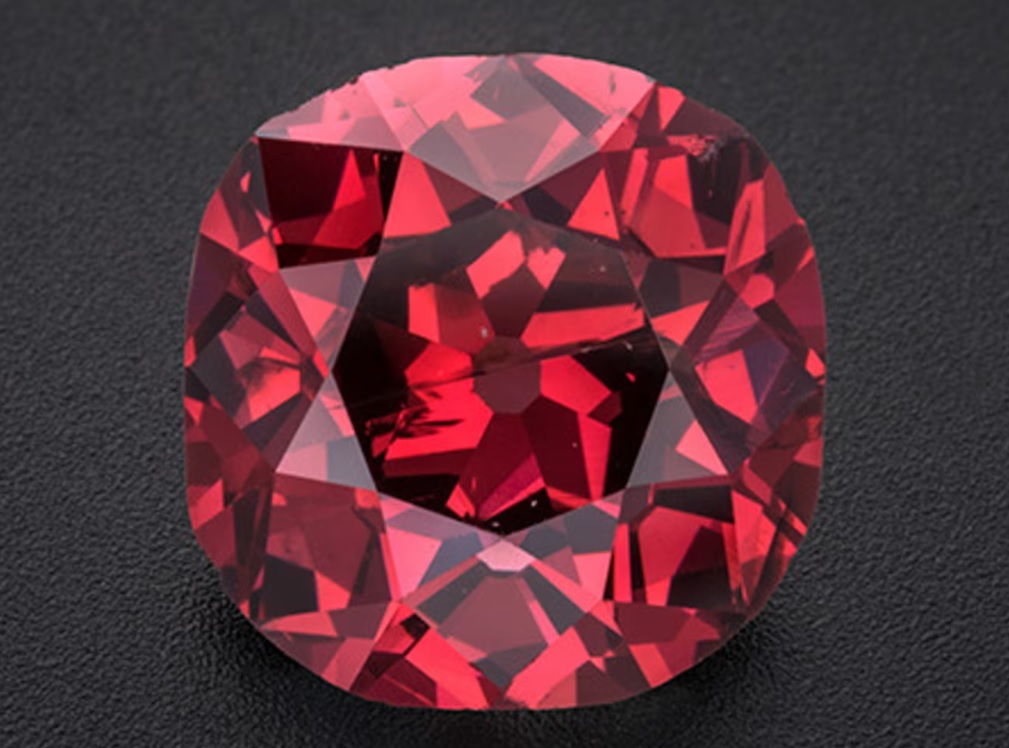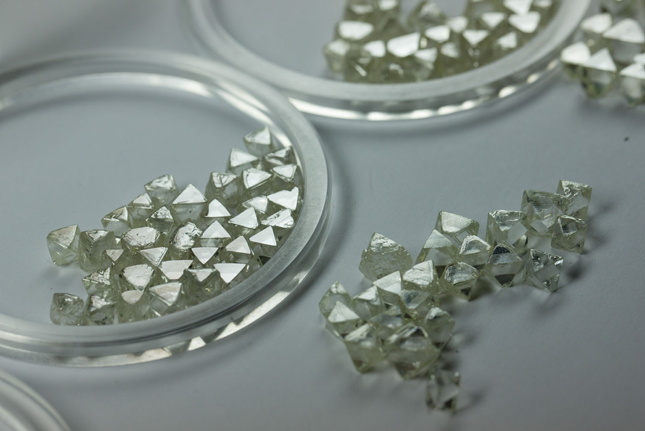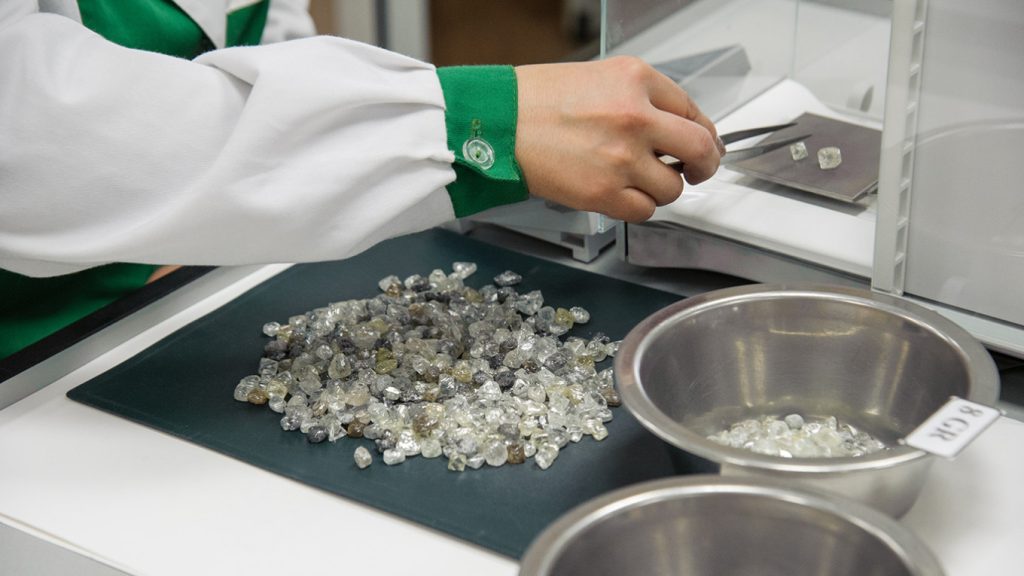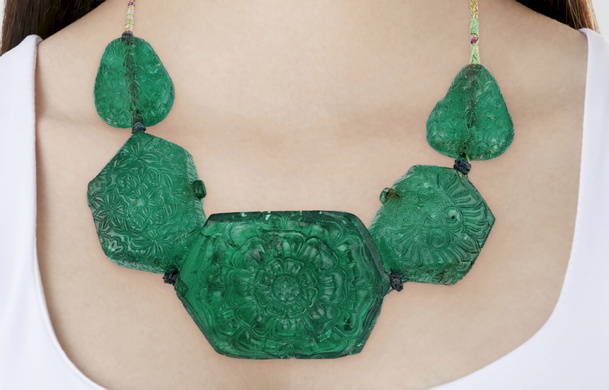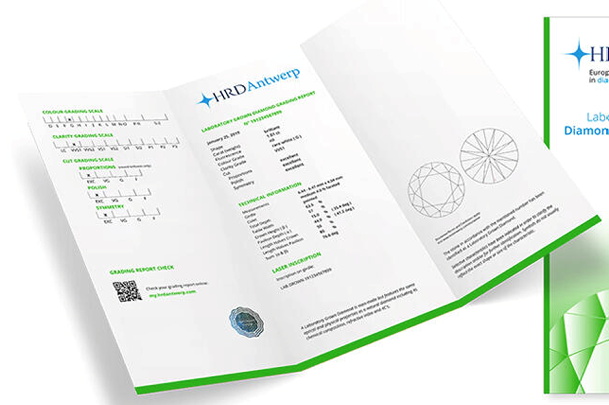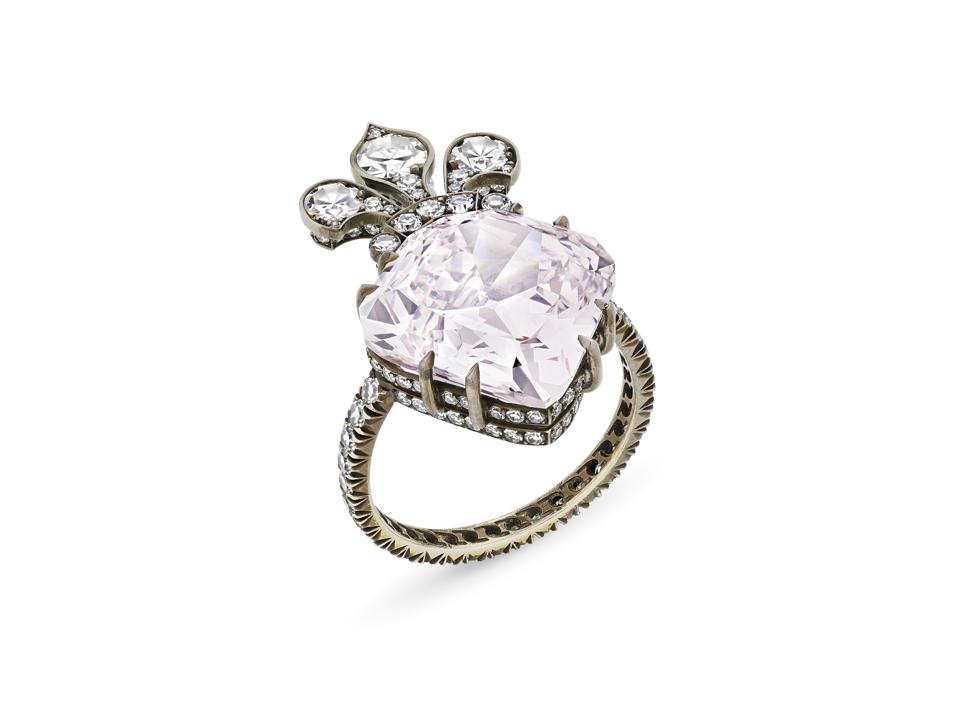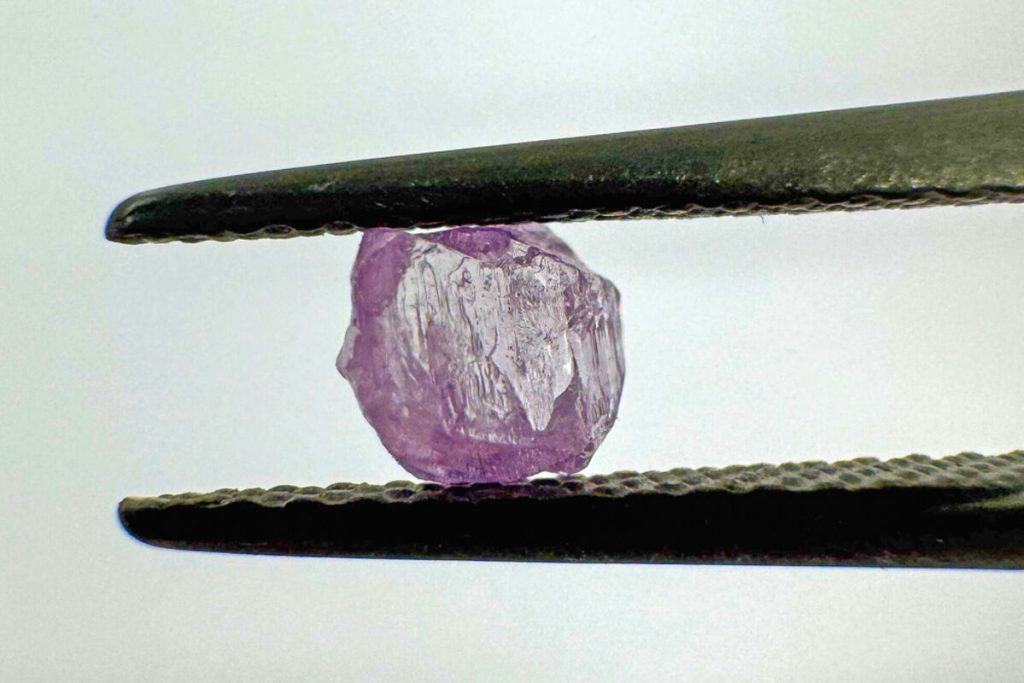
Twin models and aristocrats Lady Amelia and Lady Eliza Spencer, nieces of the late Princess Diana, brought dazzling sophistication to Tiffany & Co.’s exclusive Blue Book High Jewellery Collection showcase, held atop The Harrods Helideck. The glamorous event marked one of London’s most prestigious evenings on the fine jewellery calendar, attended by fashion royalty and social elites alike.
The Spencer sisters, daughters of Earl Spencer, embodied modern British elegance as they arrived in bespoke Jenny Packham gowns paired with more than 150 carats of Tiffany & Co.’s finest high jewellery pieces—masterworks of exceptional diamond craftsmanship.
High Jewellery Spotlight:
Eliza Spencer captivated in a silver mirror-embellished gown, perfectly complemented by the Ocean Flora necklace—an intricate platinum masterpiece featuring five unenhanced emeralds totalling over 10 carats, and a staggering 1,351 round brilliant diamonds totalling more than 44 carats. According to Tiffany & Co., this single piece took over 1,500 hours of artisan craftsmanship to complete, a testament to the meticulous design and precision that defines high jewellery.
Amelia Spencer wore a striking strapless black and gold sequinned gown and adorned herself with the same Tiffany necklace that supermodel Miranda Kerr wore to the 2025 Met Gala. The piece—a platinum and 18k gold choker set with Akoya pearls and diamonds—features more than 50 carats of gemstones, reflecting Tiffany’s modern reinterpretation of timeless elegance. Her ensemble was completed with diamond cluster earrings and a compact Aspinal of London Micro Hat Box bag.
Red Carpet Elegance Continues:
Just one day earlier, the Spencer twins turned heads at the Serpentine Gallery Summer Party, wearing custom crimson gowns by Anamika Khanna Couture and showcasing statement diamond pieces by legendary Swiss house, Chatila. The event came just days ahead of the 31st anniversary of Princess Diana’s iconic appearance at the same venue—an enduring moment in royal fashion history.
A Legacy of Diamonds and Royal Style:
The Spencer twins continue to honour their family’s legacy with graceful nods to their late aunt’s legendary style, but they are carving their own path in the fashion and jewellery world. Their presence at Tiffany’s high jewellery presentation not only highlighted the next generation of aristocratic style icons, but also reaffirmed the role of exceptional diamonds in telling modern luxury stories.
—
At DCLA, we celebrate the enduring art of fine diamond craftsmanship. For more on gemological excellence and rare diamond showcases, stay connected to DCLA News.

